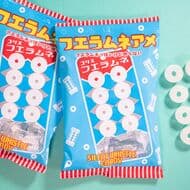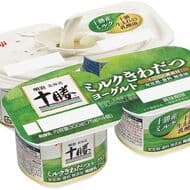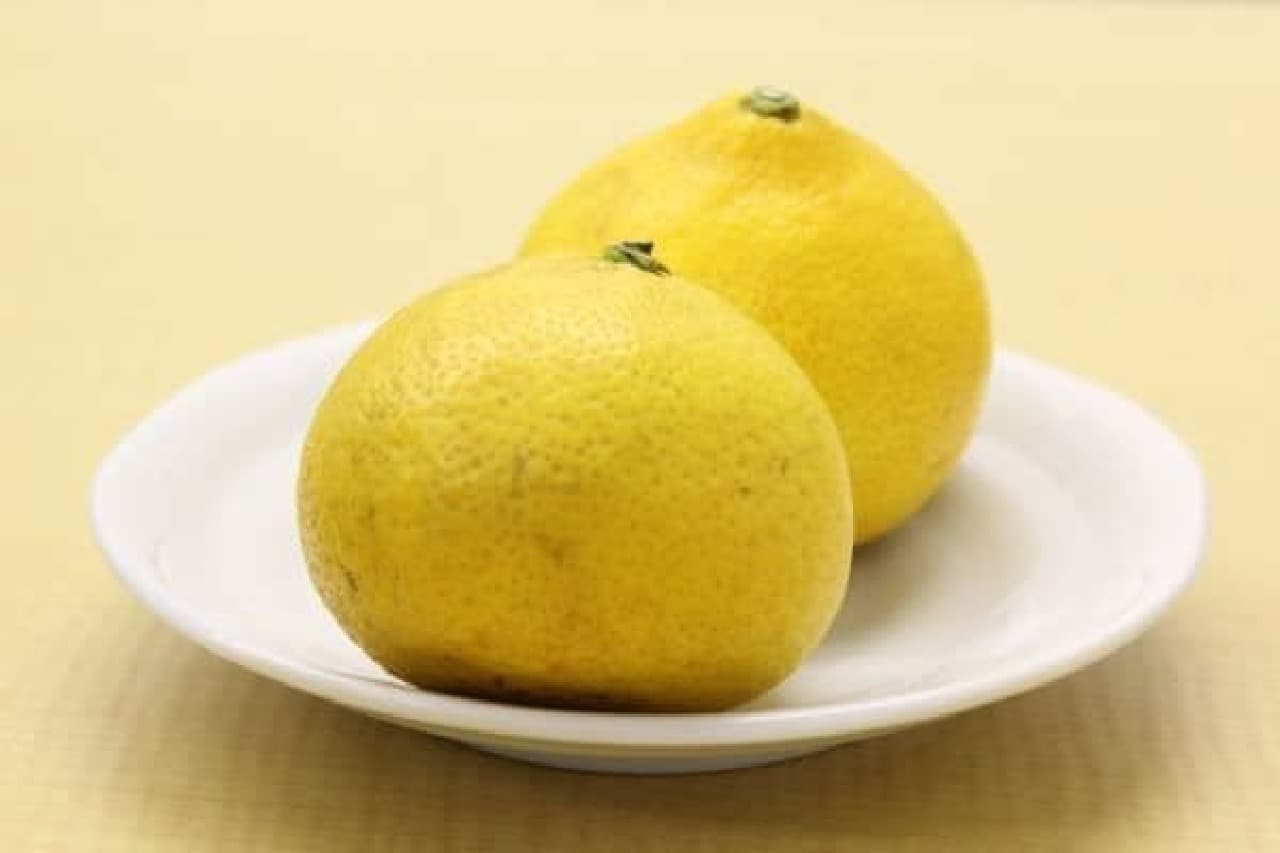
Until the prewar period, it was commonly and commonly grown at the eaves of farmhouses in southern Kyushu, but nowadays it is rarely seen. Of course, they have never been lined up in front of fruit shops or supermarkets (probably). I had hoped to make a debut at Sembikiya, the stage of longing for fruits, even if only once, but I have not been able to do so, and it is a rare mikan that is becoming extinct.
How does it taste?
Because the skin is a little hard, I make a cut with a knife, peel it, and eat it. The yellow skin makes one think that it might be sour, but it is neither sweet nor sour, but rather has a refreshing taste similar to that of Hyuhanatsu, a high-end citrus fruit.
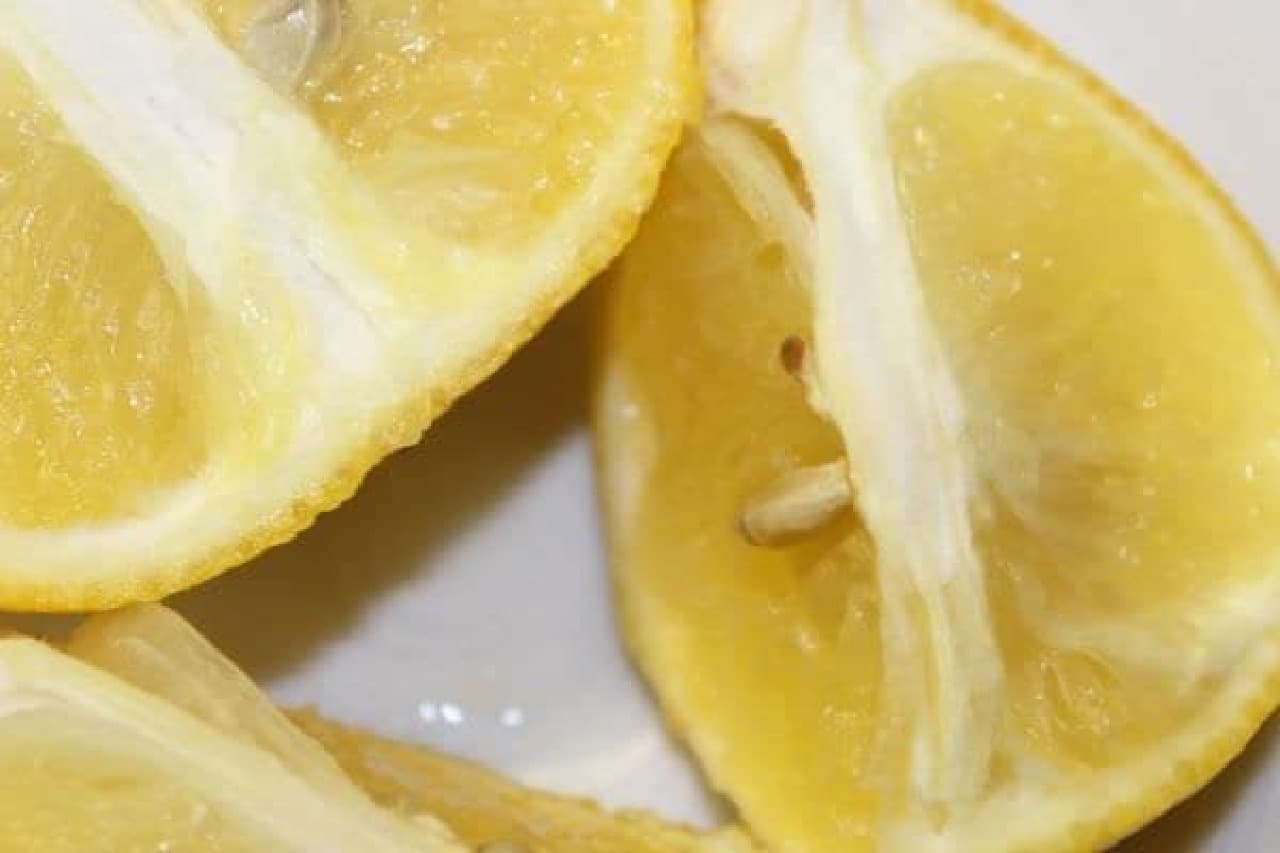
When served as a dessert after a meal, it seems to help eliminate the heavy feeling of oil and meat left in the mouth.
If you are fortunate enough to have a chance to try "Kawabata Mikan," please do not hesitate to try it.
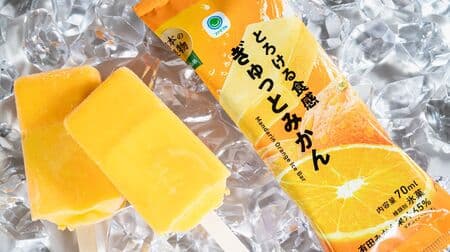


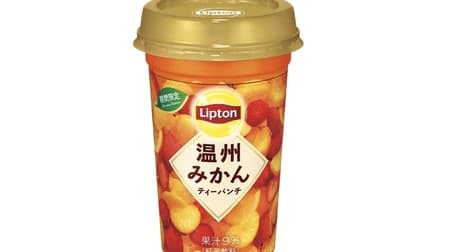

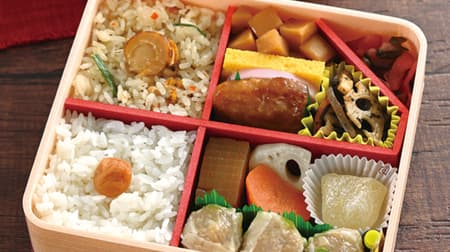




![Recipe] "Mandarin Oranges and Bananas Smoothie" - Easy to drink for both adults and children! Quick and easy to make for busy mornings!](https://image.entabe.jp/upload/articles/49140/ba4527cf0602bcad30d29ec2c25a62c0_special.JPG)


![Comparison] Which non-alcoholic beer tastes better: "Suntory All Free," "Asahi Dry Zero," or "Kirin Green's Free"? There are also functional foods that "reduce visceral fat" and "help improve memory!](https://image.entabe.jp/upload/articles/55038/2a79c780d5d947b73400e273d52df31f_related.jpg)

